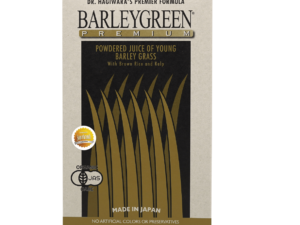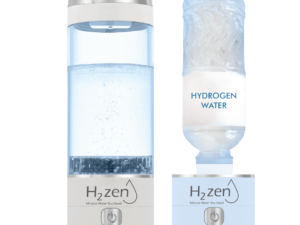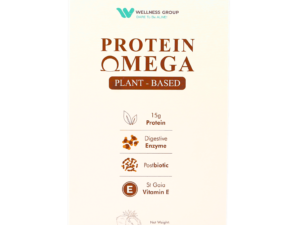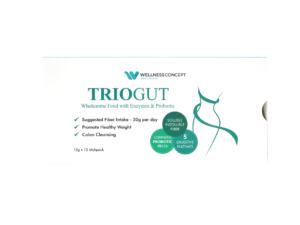Could improving your digestion unlock benefits for your mood, immunity, and even heart? Modern science reveals that trillions of microorganisms in your intestines influence far more than just bowel regularity. These tiny allies – known as probiotics – thrive in fermented creations like tangy yogurt and zesty kimchi, offering benefits verified across centuries of global culinary traditions.
While supplements flood store shelves, whole-food sources deliver living cultures alongside fiber and nutrients. Not all fermented items qualify, though. Heat-treated products lose their microbial power, making label reading essential. For those in Malaysia seeking personalized advice, health benefits of probiotics become clearer with expert guidance available through Wellness Group’s consultation hours.
This exploration reveals eleven delicious options that support digestion while enhancing overall vitality. From creamy kefir to umami-packed miso, each choice brings unique advantages. Simple additions to daily meals can transform gut function, helping your body absorb nutrients better and fight off invaders more effectively.
Key Takeaways
- Gut microbes impact immunity, mental clarity, and cardiovascular function
- Traditional fermented items like sauerkraut offer proven digestive benefits
- Unpasteurized options retain active cultures for maximum effect
- Whole-food sources provide synergistic nutrients beyond isolated strains
- Local favorites like tempeh make gut support accessible in Malaysian diets
Understanding Probiotics and Gut Health
The secret to vibrant health might lie in the tiny organisms living in your intestines. These microscopic allies form a complex ecosystem called the gut microbiota, working tirelessly to protect your body from threats while boosting vital functions.
What Are Probiotics?
Probiotics are live microorganisms that act as guardians of your digestive system. Two key families dominate this microscopic army: Lactobacillus and Bifidobacterium. Specific strains like L. acidophilus or Bifidobacterium longum each play unique roles, from breaking down food particles to neutralizing harmful pathogens.
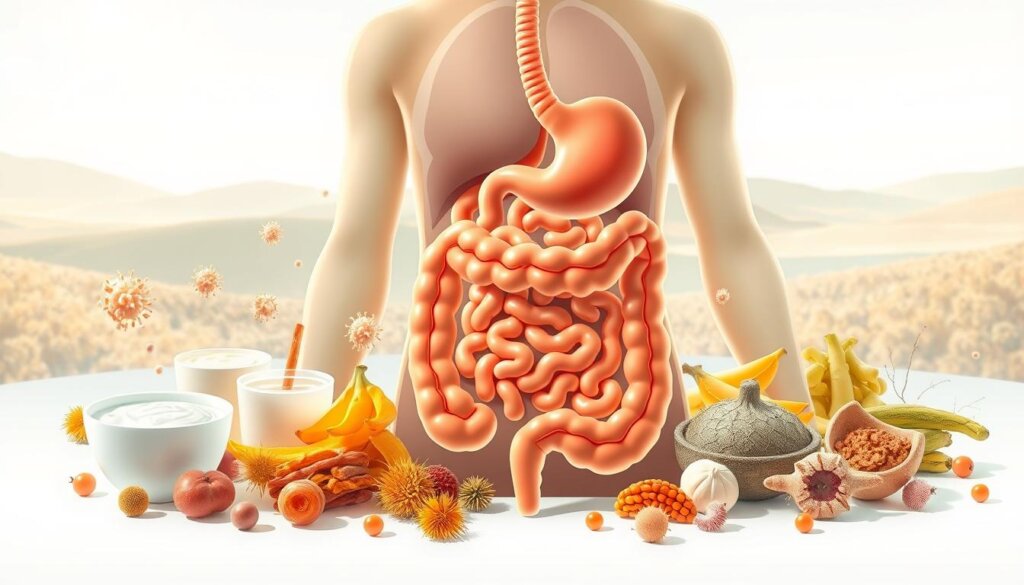
Health and Digestive Benefits
Your gut doesn’t just digest meals—it communicates with your brain through the gut-brain axis. Certain strains produce neurotransmitters like serotonin, influencing mood and stress responses. Nearly 70% of immune cells reside here too, making balanced microbiota crucial for defense against illnesses.
These beneficial bacteria also enhance nutrient absorption, particularly vitamins B and K. They maintain optimal pH levels in the intestines, creating a hostile environment for harmful microbes. For those managing bloating or irregular digestion, specific strains can offer targeted relief while supporting long-term gut harmony.
Wellness Group’s nutrition specialists are available weekdays (9:30 AM–6:30 PM) and Saturdays (10 AM–5 PM) to discuss personalized strategies. Reach them via WhatsApp at +60123822655 for guidance on selecting strains that match your health goals.
Essential Fermented Foods for a Healthy Diet
Unlock the secret to digestive wellness through time-tested fermented staples. These culinary treasures deliver live cultures alongside essential nutrients, offering benefits far beyond basic nutrition.
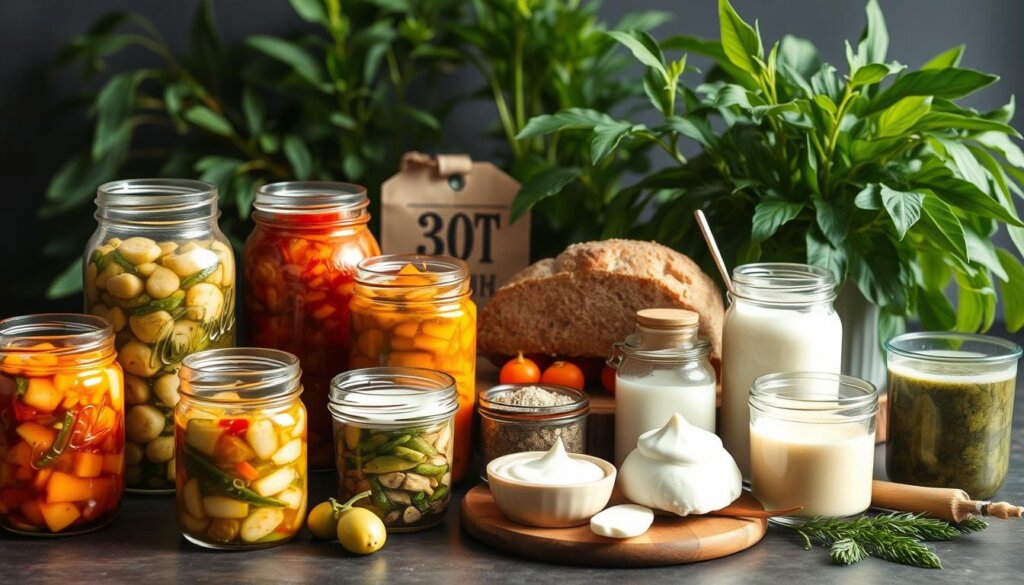
Popular Dairy Options: Yogurt, Kefir, and Traditional Buttermilk
Yogurt remains the easiest entry point for gut-friendly eating. Look for “live active cultures” labels and avoid sugary versions. A study in Nutrients Journal notes regular consumption may support bone strength and blood sugar balance.
Kefir outshines standard yogurt with 61 microbial strains. Its tangy taste works well in smoothies, and natural fermentation breaks down lactose. Traditional buttermilk – the liquid left after churning butter – brings Lactobacillus strains popular in South Asian recipes.
Vegetable Ferments: Sauerkraut, Kimchi, and Miso
Raw sauerkraut packs more vitamin C than oranges. Choose refrigerated versions of this fermented cabbage to preserve its crunch and microbial activity. Kimchi’s fiery kick comes from chili flakes and Lactobacillus kimchii, which studies suggest may ease inflammation.
Miso paste transforms marinades and dressings. “Always add it after cooking,” advises chef Mei Ling Tan. “High heat destroys its delicate cultures.” Store opened containers at 4°C and use within three months for peak freshness.
For creative ways to include these items in nasi lemak or laksa adaptations, contact Wellness Group’s dietitians via WhatsApp (+60123822655). Their team provides localized recipes respecting Malaysia’s diverse food traditions.
The Science Behind Foods High with Probiotics
Ancient preservation techniques hold the key to modern gut health discoveries. For thousands of years, cultures worldwide unknowingly cultivated beneficial microorganisms through food fermentation. This natural process not only prevented spoilage but also enhanced nutritional value – a fact now confirmed by NIH research.
Nutritional Value and Research Insights
Fermentation acts as a natural nutrient booster. A 2023 study revealed kimchi increases vitamin K levels by 120% during its 3-week preparation. The lactic acid bacteria in sauerkraut produce enzymes that break down hard-to-digest plant fibers, making minerals more accessible.
Fermentation Process Unveiled
Microbes convert sugars into acid through precise biochemical reactions. In vegetable ferments:
- Naturally present Leuconostoc bacteria initiate the process
- pH drops below 4.6 within 48 hours
- Lactobacillus strains take over, creating final preservation
| Aspect | Traditional Fermentation | Industrial Production |
|---|---|---|
| Bacterial Diversity | 15-30 strains | 3-5 lab-cultured strains |
| Processing Time | Days to weeks | Hours |
| Probiotic Viability | 10⁹ CFU/g | 10⁶ CFU/g |
Diverse Probiotic Strains in Action
Yogurt contains different microbial allies than tempeh or kombucha. A 2022 Malaysian clinical trial found participants consuming multi-strain ferments showed 40% better immune response than those using single-strain supplements.
Wellness Group’s nutrition scientists simplify these complex interactions during their consultation hours (Mon-Fri 9:30 AM–6:30 PM, Sat 10 AM–5 PM). For personalized advice on strain-specific benefits, message +60123822655 via WhatsApp.
Practical Tips for Incorporating Probiotic Foods
Building a gut-friendly diet doesn’t require drastic changes. Small, intentional swaps can boost microbial diversity while keeping meals exciting. Start with simple additions like a spoonful of yogurt at breakfast or fermented vegetables as a snack.
Meal Planning and Recipe Ideas
Try this approach for newcomers:
- Days 1-3: Add plain yogurt to breakfast smoothies
- Days 4-6: Include tempeh in stir-fries or salads
- Day 7: Experiment with kimchi in fried rice
Local dishes get a probiotic twist too. Stir miso into laksa broth for extra umami, or replace chicken with marinated tempeh in rendang. Wellness Group’s specialists craft personalized plans blending traditional flavors with gut-supporting ingredients – message +60123822655 for recipes using Malaysian staples.
Smart Substitutions for Dairy Alternatives
Dairy-free options abound for sensitive stomachs:
- Swap milk kefir with coconut-based versions
- Use apple cider vinegar (with “mother”) in dressings
- Add pickle brine to sauces instead of discarding
When shopping, check labels for “live cultures” and avoid shelf-stable items. Those considering prebiotic-and-probiotics-supplements should consult experts to balance whole-food and supplemental sources.
Choosing and Enjoying Foods High with Probiotics
Smart selections transform everyday meals into gut-nourishing experiences. Focus on items retaining live cultures through careful preparation and storage methods.
Selecting Unpasteurized and Active Culture Options
Check labels for “active cultures” rather than vague terms like “fermented.” Refrigerated sauerkraut often contains more beneficial bacteria than shelf-stable versions. Semi-hard cheeses like cheddar and gouda preserve microbial content better than aged varieties.
Apple cider vinegar needs visible “mother” strands for probiotic value. Salt-brined pickles beat vinegar-soaked types – lactic acid bacteria thrive in traditional fermentation.
Combining Ingredients for Maximum Nutrition
Pair probiotic-rich choices with prebiotic fibers. Try kimchi with brown rice or yogurt topped with bananas. These combinations feed good bacteria while enhancing nutrient absorption.
Wellness Group’s specialists help Malaysians identify authentic products during their operating hours (Mon-Fri 9:30 AM–6:30 PM). Text +60123822655 via WhatsApp for personalized shopping tips matching local tastes and budgets.
FAQ
How do fermented foods like sauerkraut support digestion?
Fermented cabbage in sauerkraut contains lactic acid bacteria, which help balance gut microbiota. These microbes break down food, enhance nutrient absorption, and may reduce bloating or discomfort.
Are there non-dairy options rich in probiotics?
Yes! Kimchi, miso, and tempeh are plant-based choices. Kombucha, a fermented tea, also offers live cultures. Look for brands like Farmhouse Culture or Wildbrine for quality options.
Why is unpasteurized yogurt better for gut health?
Pasteurization can kill beneficial bacteria. Unpasteurized varieties like Siggi’s or Nancy’s Organic retain live strains such as Lactobacillus, which support immune function and digestion.
Can probiotics in kefir improve immune health?
Studies suggest kefir’s diverse strains, like Lactobacillus kefiri, may strengthen the immune system by promoting healthy gut flora. Regular consumption could reduce inflammation and infection risks.
What makes miso a good addition to meals?
Miso, a fermented soybean paste, contains probiotics and enzymes. Adding it to soups or dressings introduces gut-friendly bacteria while enhancing flavor with its savory, umami-rich profile.
How does fermentation boost nutrient content in foods?
The process breaks down compounds, making vitamins and minerals more absorbable. For example, tempeh’s fermentation increases B12 levels, which supports energy and brain health.
Are probiotic supplements as effective as whole foods?
While supplements like Culturelle offer specific strains, whole foods provide additional nutrients. Combining both ensures a broader range of microbes and dietary benefits.
Can aged cheeses like cheddar contain probiotics?
Some aged cheeses retain live cultures. Look for labels mentioning “active cultures” or “live bacteria.” Brands like Cabot Creamery use traditional methods to preserve these microbes.


